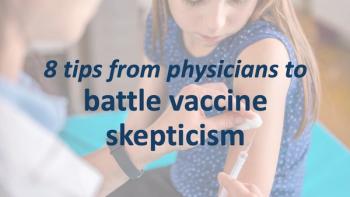
Doctors give advice on the best ways to engage patients and develop trust to prevent illness.

Doctors give advice on the best ways to engage patients and develop trust to prevent illness.

Enhancing patient engagement and practice growth through a good first impression online.
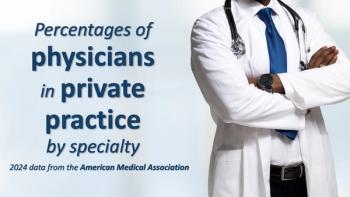
New data from the American Medical Association show percentages of physicians in private practice by specialty.
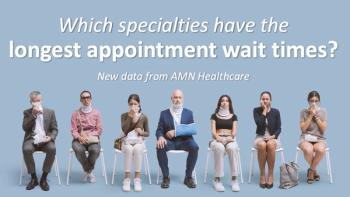
Appointment wait times are growing, according to new data from AMN Healthcare.

Vague terms like "common" and "rare" are misleading your patients.
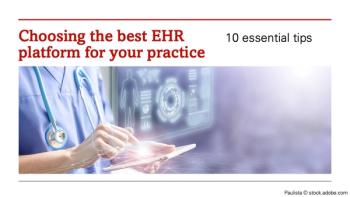
Avoid regret: 10 things every physician should know before choosing an electronic health record (EHR) platform.
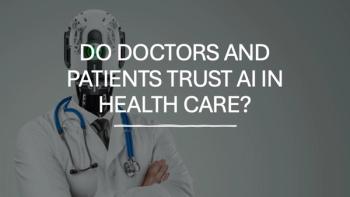
Artificial intelligence (AI) is rapidly reshaping the landscape of health care, from streamlining administrative tasks to aiding in complex clinical decision-making. Tools powered by AI are being used to interpret imaging scans, predict patient deterioration, assist in diagnosis, and personalize treatment plans. While the technology holds enormous promise for improving efficiency, accuracy, and outcomes, its success depends heavily on the trust it earns from both health care providers and patients.

Evidence-based strategies for delivering unexpected or life-changing diagnoses with empathy, clarity and professionalism — while maintaining trust in the process.

Six evidence-based strategies to fight burnout, reclaim your time and stay in medicine.
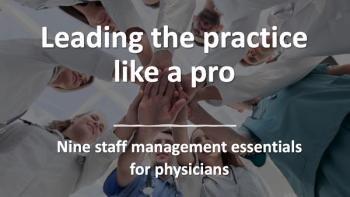
Keep your practice running smoothly with some management basics.
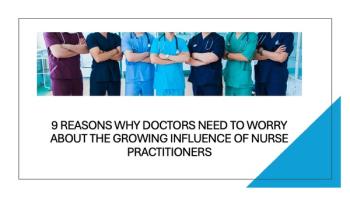
As nurse practitioners gain greater autonomy and influence, many physicians are raising concerns.
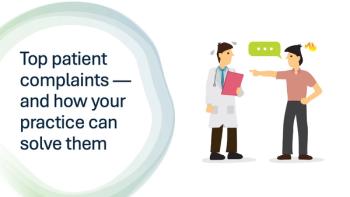
Patient complaints reveal key insights for improving practice quality. Addressing these issues enhances satisfaction, boosts reputation and fosters patient loyalty.

Hidden costs are draining your practice. Here’s where they are — and how to take control.

Discover seven evidence-based strategies to reignite your passion for medicine and combat burnout, ensuring a fulfilling and sustainable career.

Physicians Advocacy Institute tallies data on doctors in decline from 2019 to 2024.
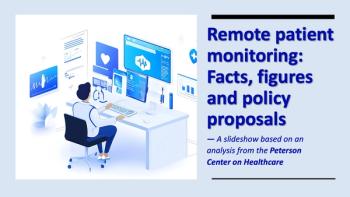
RPM gets analyzed in a new report by the Peterson Center on Healthcare.

Survey asks doctors about their passion and engagement at work.
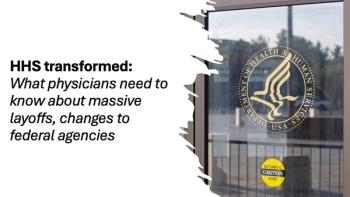
How will federal leadership and employment changes affect the American health care system?

The important role of primary care doctors after your patient is diagnosed with cancer.

While some providers feel supported by their employers, a significant portion believe more could be done to help them navigate prior authorization challenges.

A look at the figures from the National Resident Matching Program.

After years of volatility, health care leaders across the nation’s hospitals, health systems, and other health care organizations view 2025 with cautious optimism.

U.S. News & World Report, AAFP tally colleges with physician alumni working in family, internal, and pediatric medicine.
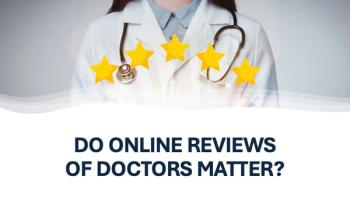
There are reviews all over the web for doctors, both primary care and specialists. How much weight do they really carry?
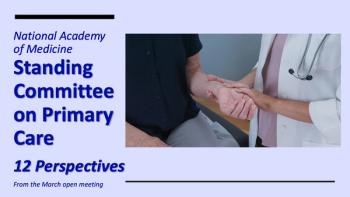
A roundup of priorities, current trends, concerns and improvements in primary care around the United States.

The threats emerge from almost every aspect of the health care system.
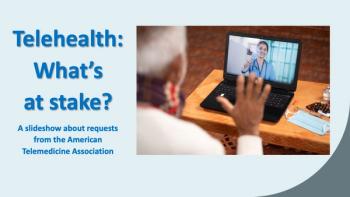
A slideshow of the analysis by the American Telemedicine Association.
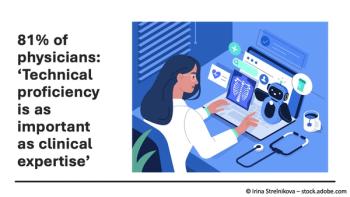
Physicians spend an average of 22 personal hours per month learning about new health care technology, says Sermo survey.
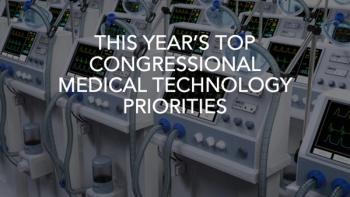
AdvaMed, the Advanced Medical Technology Association, the trade group for medical device manufacturers, released a list of priorities for Congress. Here are some of the key objectives.
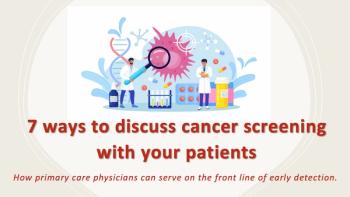
Primary care physicians have a chance to save lives through early detection of cancer.